Is end-point assessment a barrier to apprenticeship completions?

With providers under the spotlight on achievement rates, a new report explores the part played by EPA in low achievement rates and the role for employers, learners and providers within that.
Introduction
Weak overall achievement rates have become an unwelcome but persistent feature of the apprenticeship market. As many readers will know, just over half of those who start an apprenticeship standard successfully complete their programme. This seems a low figure, even after accounting for the fact that average achievement rates for apprenticeships can never be as high as for full time courses (for example, job turnover and changes at work play a part). DfE concerns about low achievement rates is evident within the letter sent to providers by then-minister Robert Halfon in March 2024, coinciding with the release of annual apprenticeship achievement data.
Background
The drivers of low achievement rates are myriad and while understandably there is much focus on providers to ensure more learners complete their programmes, less attention is paid to the part played by employers and learners. What is clear is that average achievement rates fell as apprenticeship standards – which include a final summative end point assessment (EPA) of occupational competence – grew.
Research Methodology
With DfE reportedly trialling alternative apprenticeships assessments, we undertook research with the support of Gatsby that explored the extent to which issues with EPA contribute to low achievement rates and within that, to understand the role of employers, apprentices and providers in supporting completion.
A report of this project has now been published. It begins with a data review, built on a Freedom of Information request response from to DfE, finding that a third of leavers drop out in the three months leading up to their planned end date, or after this date, in 92 of 271 standards where data was available.
From this long list of 92 we selected fifteen standards for further investigation via an extensive round of interviews with employers, providers and learners. The evidence gathered by this research led to a number of conclusions, including that:
- EPA is in general well supported and valued by both employers and apprentices. The independent status of EPAOs and their assessors appears to be particularly valued by employers.
- However, EPA is often not well supported where there is a substantial mandatory qualification which accredits skills or occupational competence.
- There is often duplication between the continuous assessment used to prepare for EPA and the formative assessment used for mandatory qualifications, causing frustration for learners, providers and employers which reduces learner motivation to complete EPA.
- Employers reported that, rather than the EPA, maths and English requirements were the single biggest barrier to both the completion of apprenticeships and entry to apprenticeships. Employers were generally happy to include maths and English content when it was required for the occupation, but overall, they expressed resentment towards the policy and for having to do something they felt “should be done in school”.
- The design and use of some apprenticeships for workforce development and upskilling of existing staff (rather than occupational training) impacts EPA participation because learners on these programmes are less motivated to complete. While these standards are substantial and based on occupational standards, they share a few common characteristics, such as:
- In practice they represent only a part of the job role, despite in theory representing a whole occupation.
- Most learners are existing staff who are already largely occupationally competent (meaning completion is not a requirement to become occupationally competent).
- Participation in EPA (and entry) is sometimes regarded by learners (and their employers) as a choice rather than a necessity.
Recommendations
The report notes that DfE and IfATE are already taking steps that should mitigate the issues highlighted by this research, most clearly in relation to mandatory qualifications within apprenticeships. In addition to this, the report’s recommendations include:
- IfATE (or Skills England) should review the status of apprenticeships which are not mainly used for initial training. These are the standards that have higher levels of non-completers who withdraw shortly before EPA.
- The relationship between the continuous assessment required for mandatory qualifications and for EPA should be decided nationally by IfATE rather than it being left to providers to work out. If employers in a trailblazer group want a mandatory qualification, they should identify the knowledge, skills and behaviours (KSBs) it delivers to minimise the duplication in formative/continuous assessments and/or portfolio building.
- DfE, Ofqual and IfATE/Skills England should routinely publish data showing by standard the proportion of leavers who withdraw from their apprenticeship shortly before EPA, and data on the achievement of mandatory qualifications by apprentices.
- Apprenticeship standards should specify the maths and English requirements linked to the KSBs, like the way they are mapped in T Levels. All apprentices should have to meet these requirements. The functional skills policy for young people should be aligned with T Level policy, meaning that continued development wider than the standard carries on, but that no specific level needs to be achieved (as is the case for T Levels and full time FE). Adults should only have to achieve the maths and English required by the standard.
By James Farr, Director, Think







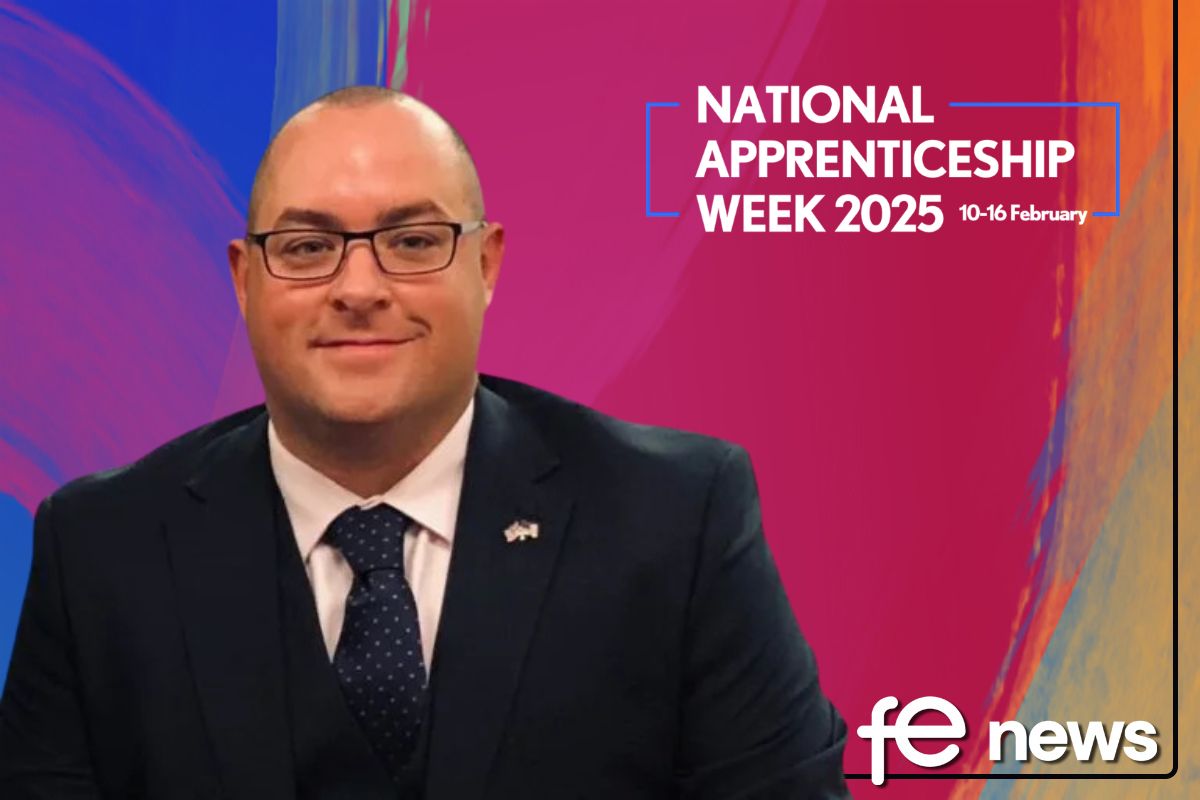
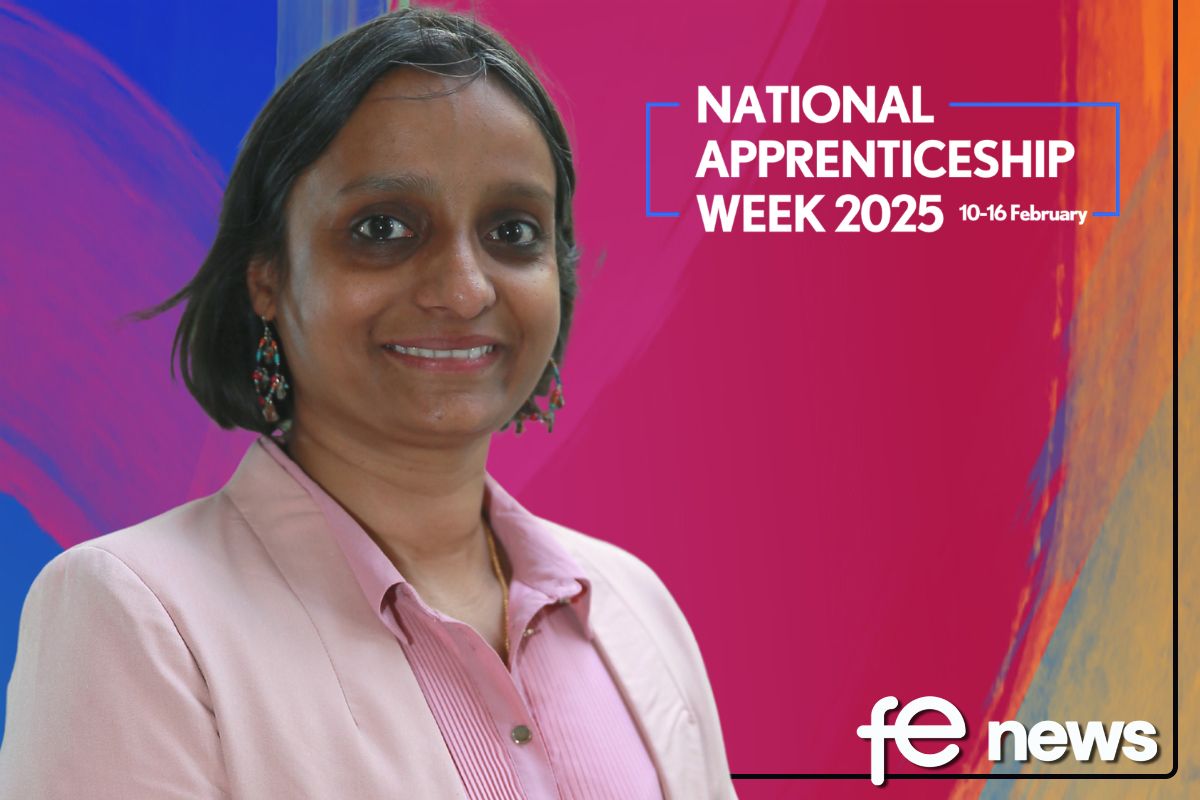
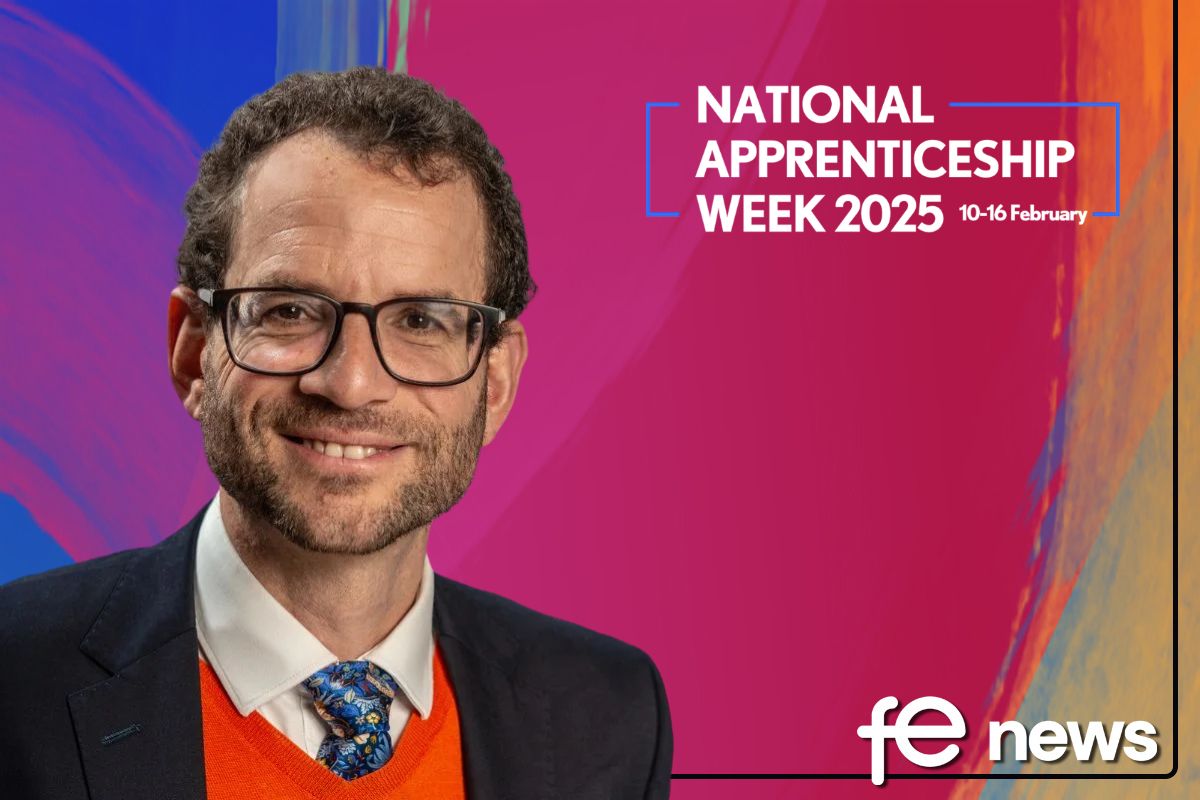

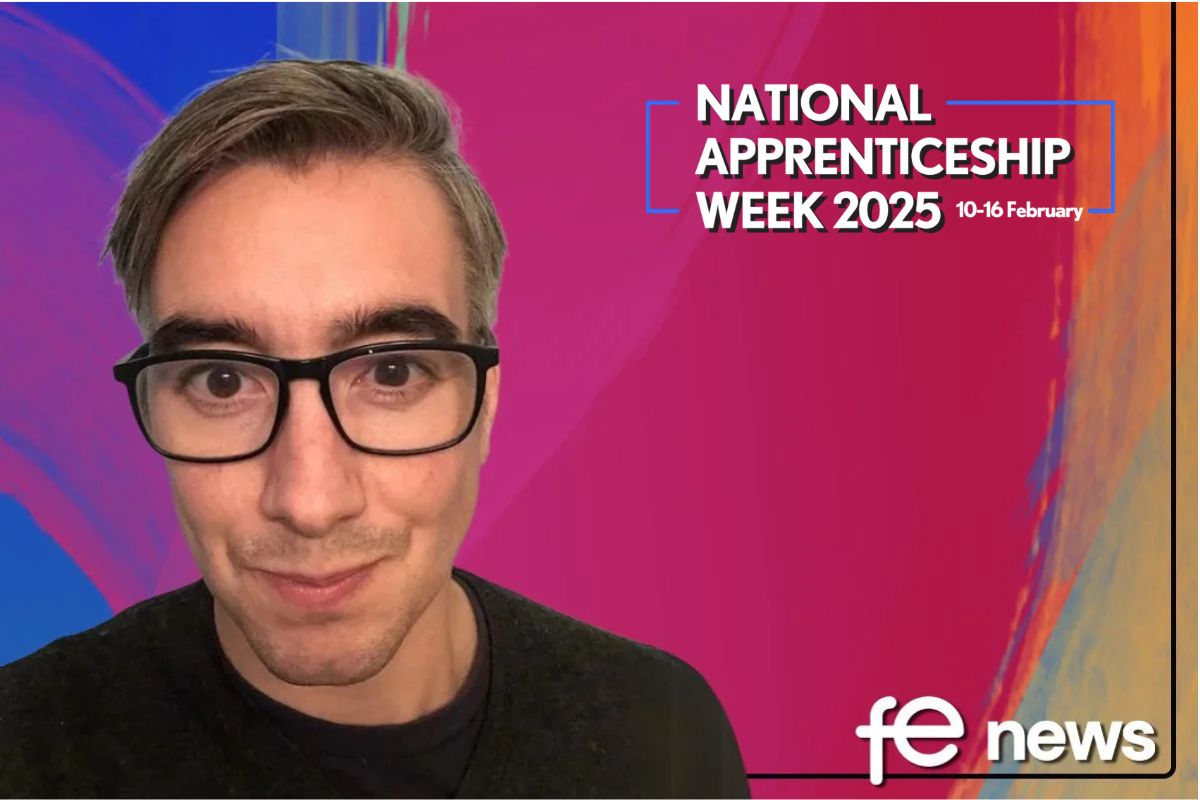
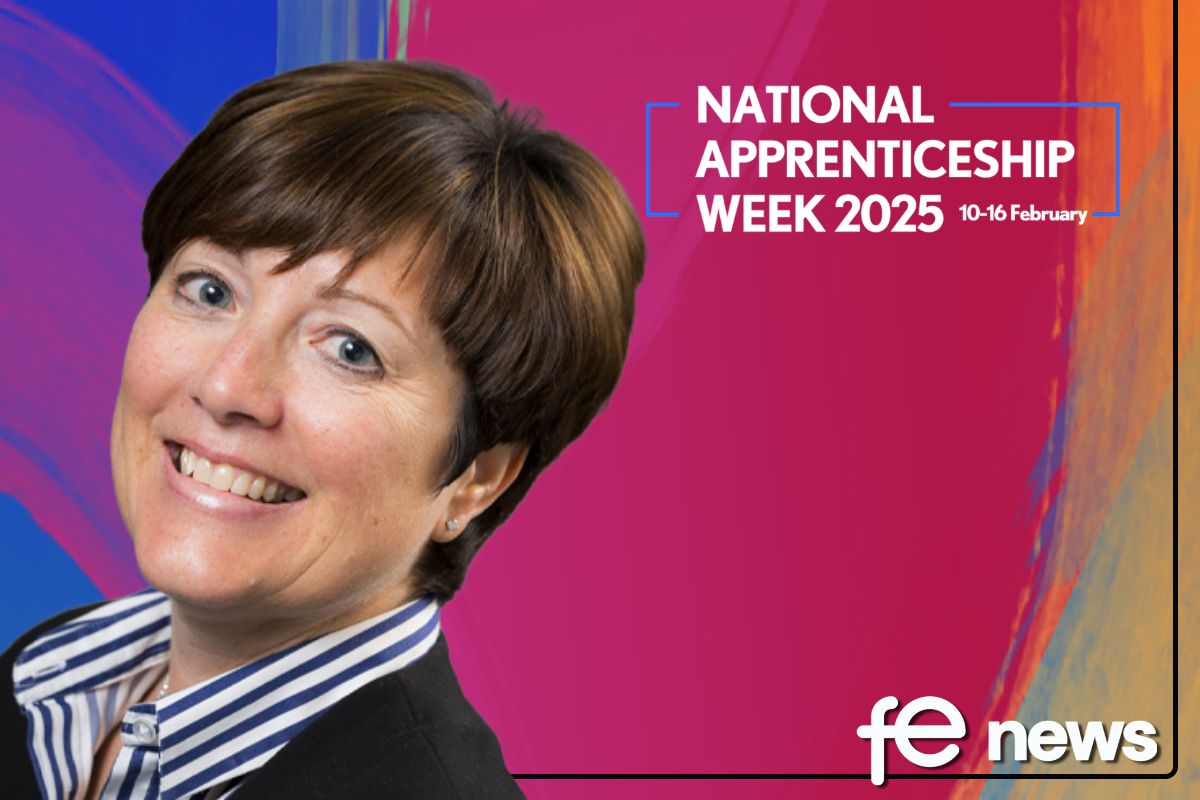

Responses